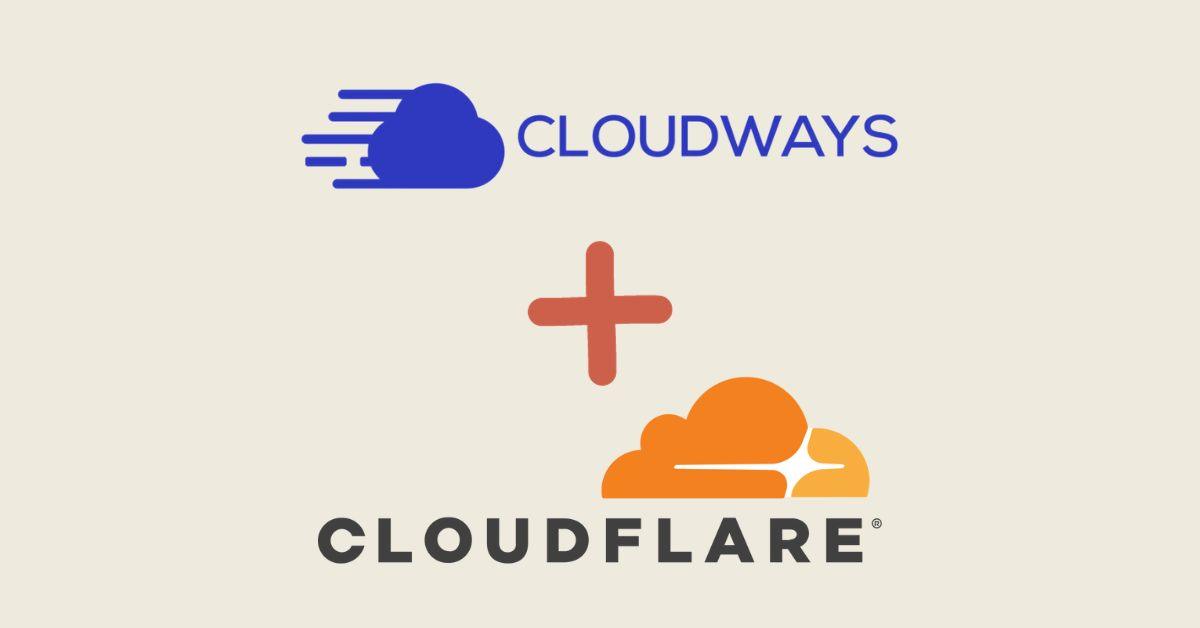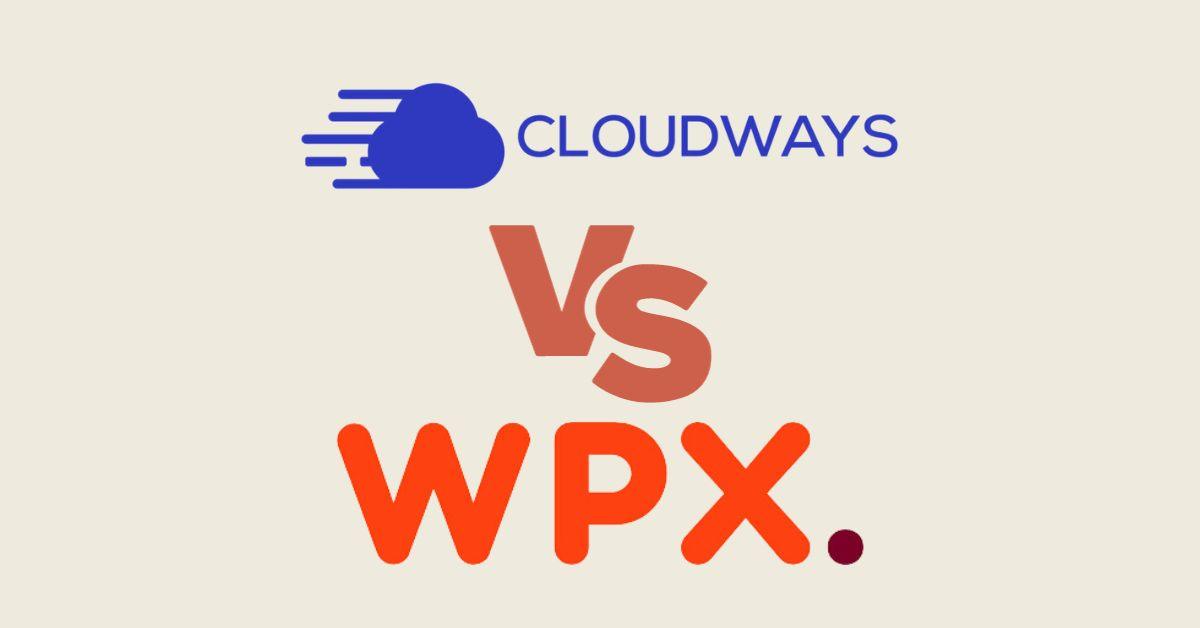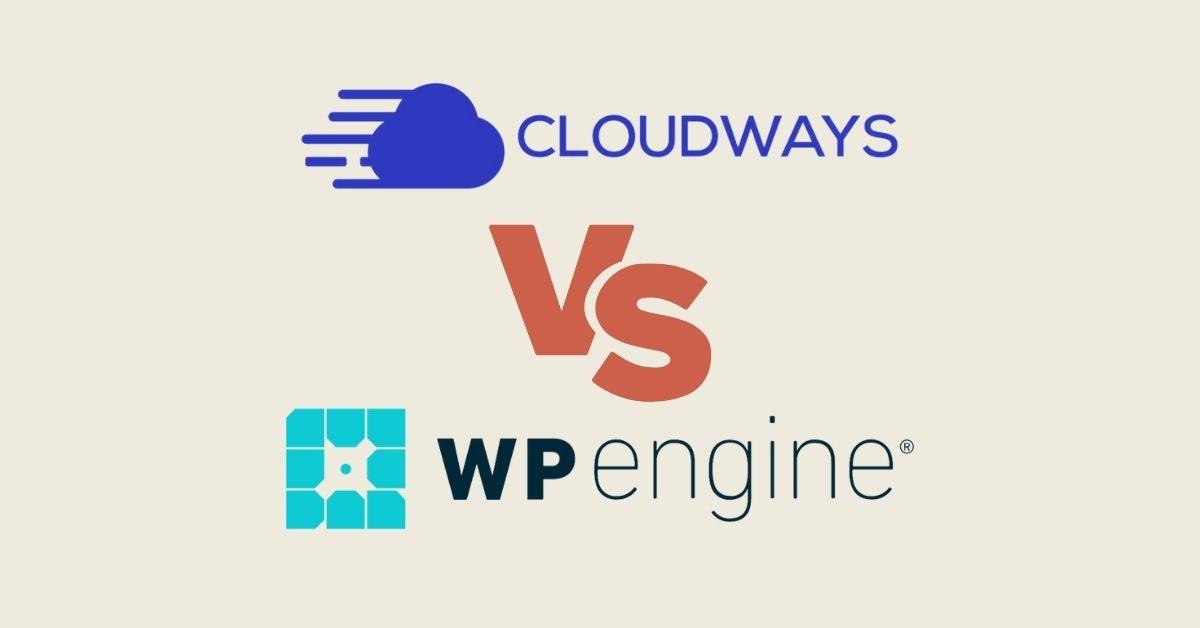LinkedIn, a vital platform for professionals in technology, digital marketing, and various business sectors, offers a plethora of analytics to help users gauge their impact. Among these metrics are 'impressions' and other key performance indicators (KPIs) that provide invaluable insights into how content and profiles are performing. Understanding these metrics is crucial for professionals looking to maximize their LinkedIn presence. In this article, we'll explore what impressions and other vital KPIs on LinkedIn mean and how to interpret them for strategic advantage.
Understanding Impressions on LinkedIn
What Are Impressions?
Impressions on LinkedIn refer to the number of times your content, whether a post, an article, or an update, has been shown in someone's LinkedIn feed. An impression doesn't necessarily mean that someone engaged with your content; it merely indicates that it appeared on their screen.
Why Are Impressions Important?
For professionals, particularly in tech and marketing, impressions are a vital metric as they indicate the reach of your content. A high number of impressions suggests that your content is being distributed widely across the platform, which is crucial for brand visibility and thought leadership.
Other Key LinkedIn KPIs
Engagement Rate
Engagement rate encompasses likes, comments, shares, and clicks. It's a more active metric than impressions, indicating not just visibility but interaction with your content.
Click-Through Rate (CTR)
CTR is the percentage of impressions that resulted in a click. This is especially important for campaigns or posts where driving traffic to a website or landing page is the goal.
Follower Growth
Tracking the increase in your followers over time can give you insights into how your network is expanding and how your content resonates with the LinkedIn community.
Profile Views
For individuals, the number of profile views can indicate the level of interest in your professional background and expertise.
How to Use LinkedIn Analytics for Career Advancement
Tailoring Your Content Strategy
Analyzing your LinkedIn KPIs can help you tailor your content strategy to what resonates most with your audience. For instance, if certain types of posts generate more engagement or impressions, it might be wise to focus on similar content.
Enhancing Personal Brand
Understanding what content drives engagement and grows your network can help you build a stronger personal brand, crucial in fields like tech and digital marketing.
Networking and Outreach
KPIs can also guide your networking and outreach strategies. For example, if you notice a spike in profile views after a particular post, it might be a good time to reach out to new connections or potential employers.
Conclusion: Leveraging LinkedIn Analytics for Professional Growth
In the fast-evolving world of technology and marketing, LinkedIn’s analytics, especially impressions and other KPIs, are invaluable tools for professionals aiming to expand their influence and career opportunities. By understanding and strategically applying these metrics, you can significantly enhance your LinkedIn presence, making every post and interaction count towards your professional goals.
Invitation to Engage How have you used LinkedIn’s analytics to boost your professional presence or strategy? Do you have tips for interpreting and applying these KPIs? Share your insights and experiences in the comments below. Let's learn and grow together in mastering LinkedIn analytics!






